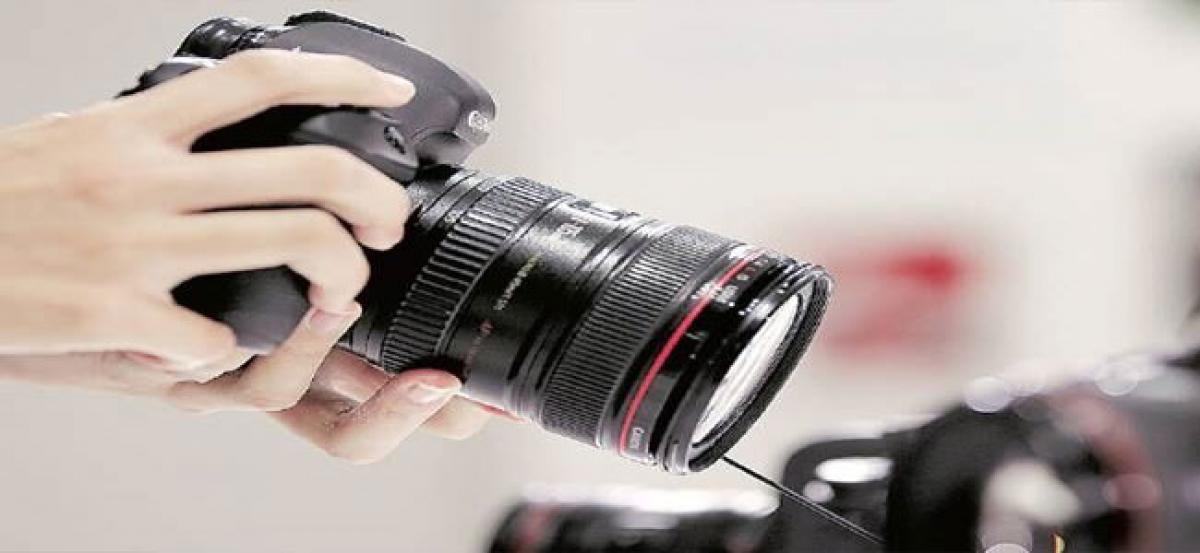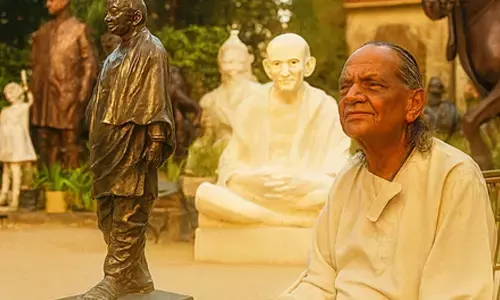World’s fastest camera can see light in slow motion

Scientists have developed what may be the worlds fastest camera, which can capture 10 trillion frames per second making it possible to freeze time to see light in extremely slow motion
Washington : Scientists have developed what may be the world's fastest camera, which can capture 10 trillion frames per second -- making it possible to 'freeze time' to see light in extremely slow motion. The advance may offer insight into as-yet undetectable secrets of the interactions between light and matter, according to scientists from California Institute of Technology in the US. In recent years, the junction between innovations in non-linear optics and imaging has opened the door for new and highly efficient methods for microscopic analysis of dynamic phenomena in biology and physics.
However, harnessing the potential of these methods requires a way to record images in real time at a very short temporal resolution -- in a single exposure. Using current imaging techniques, measurements taken with ultrashort laser pulses must be repeated many times, which is appropriate for some types of inert samples, but impossible for other more fragile ones. For example, laser-engraved glass can tolerate only a single laser pulse, leaving less than a picosecond to capture the results. In such a case, the imaging technique must be able to capture the entire process in real time. Compressed ultrafast photography (CUP) was a good starting point. At 100 billion frames per second, this method approached, but did not meet, the specifications required to integrate femtosecond lasers.
To improve on the concept, the new T-CUP system was developed based on a femtosecond streak camera that also incorporates a data acquisition type used in applications such as tomography. "We knew that by using only a femtosecond streak camera, the image quality would be limited," said Lihong Wang, Director of Caltech Optical Imaging Laboratory (COIL). "So to improve this, we added another camera that acquires a static image. Combined with the image acquired by the femtosecond streak camera, we can use what is called a Radon transformation to obtain high-quality images while recording ten trillion frames per second," said Wang.















